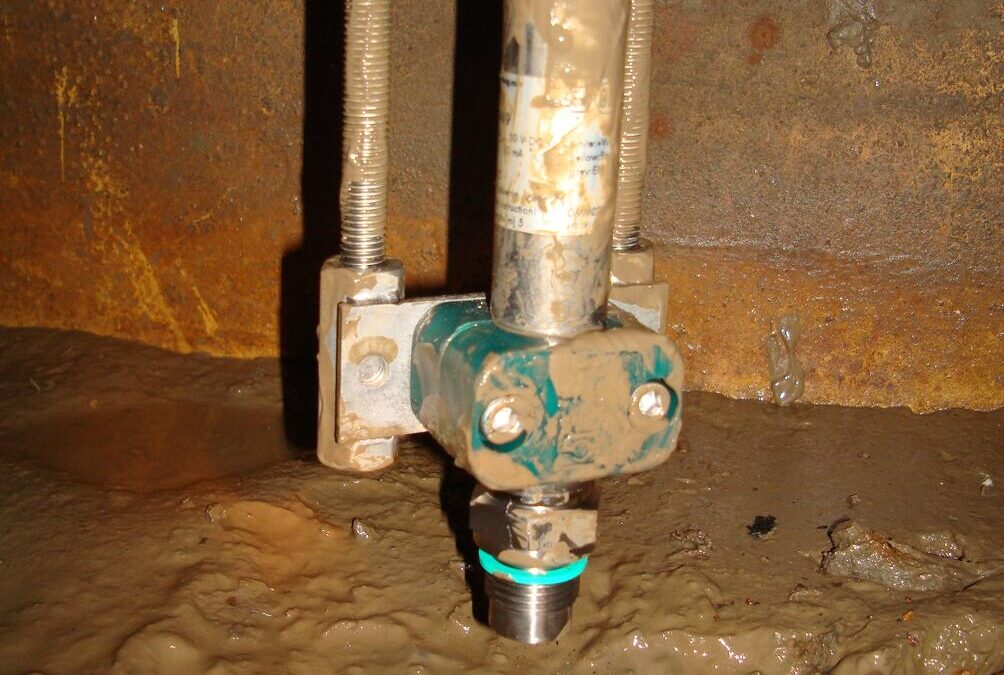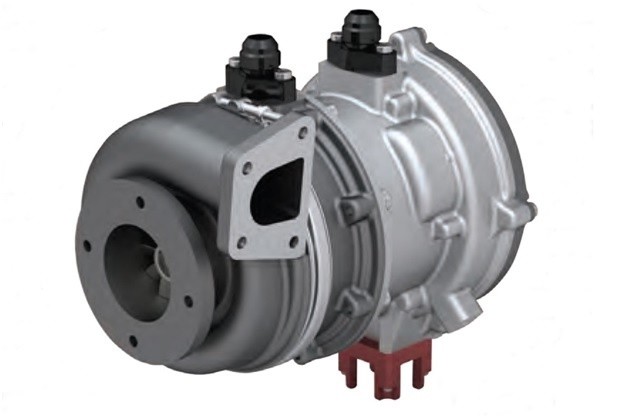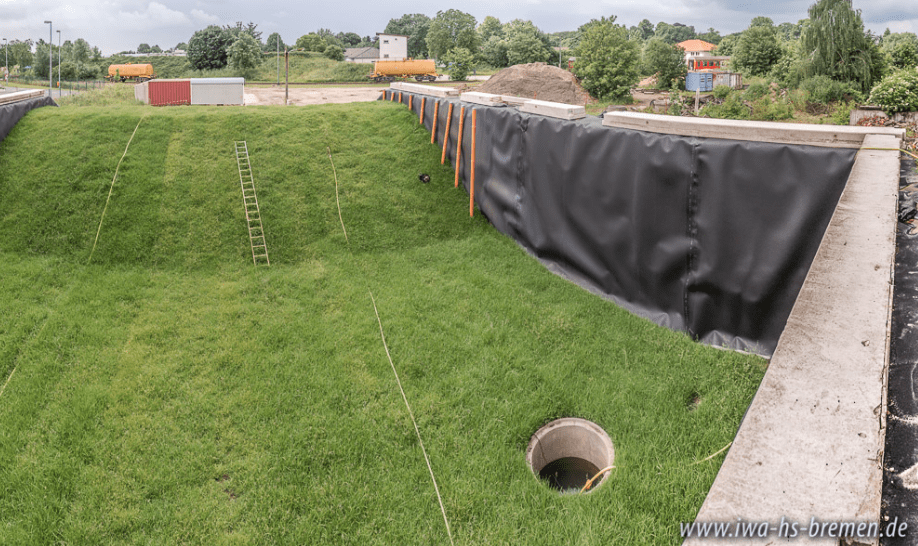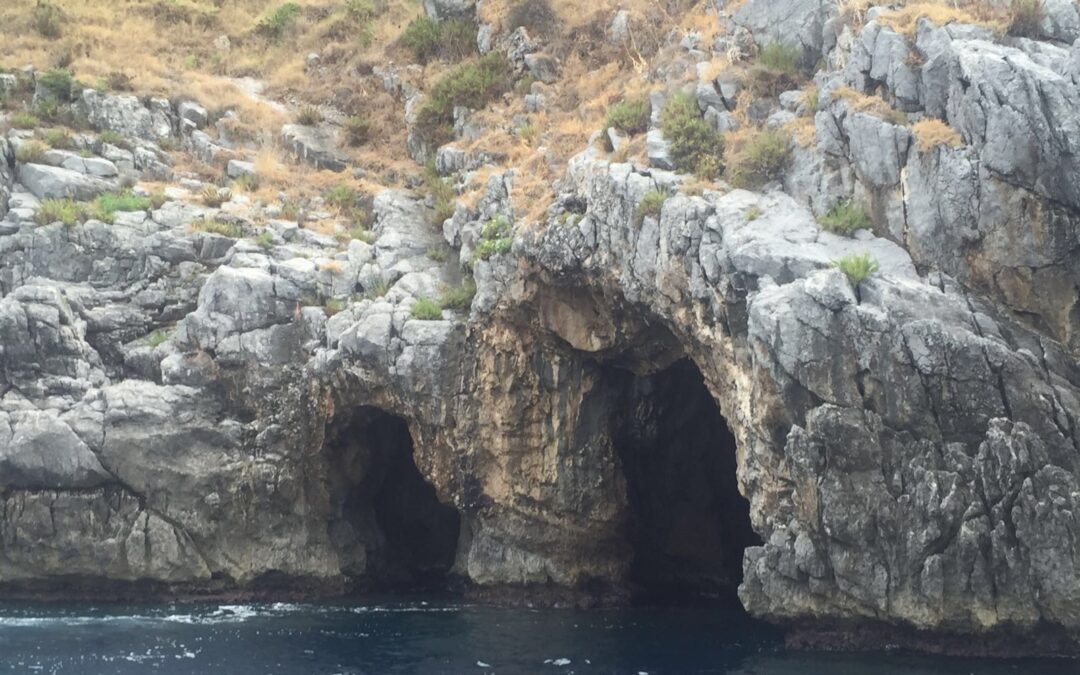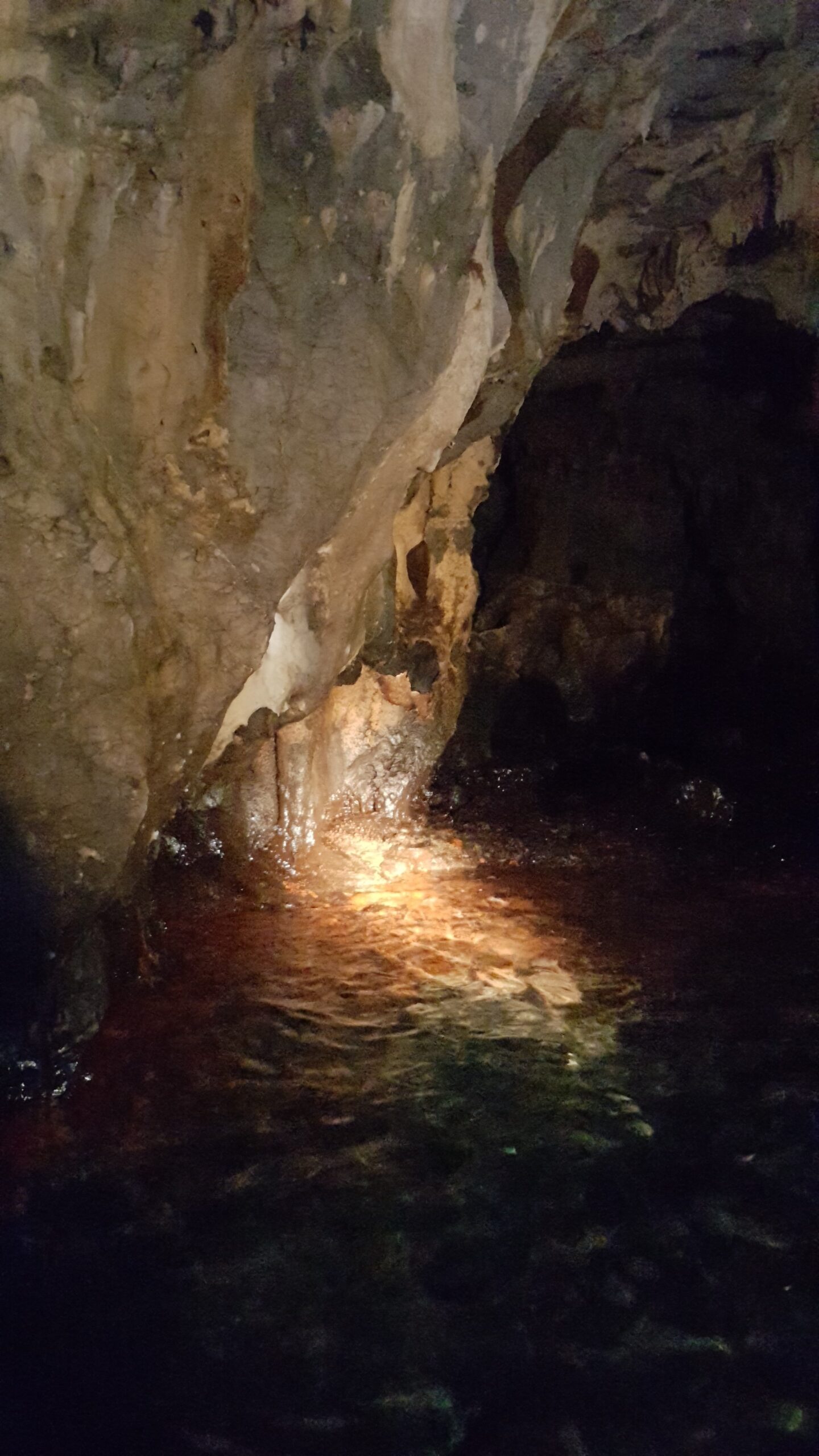
Dependable fill-level control in coal mining
Mine workings and opencast pits are well known for their harsh working conditions. This applies equally to the technology deployed. For this reason, durable and reliable measuring instruments are required to monitor groundwater.
Ten percent of worldwide coal deposits are to be found in Australia. As the leading coal exporter, coal mining is one of the most important economic factors on that continent. Mining of the raw material, however, is not without its pitfalls. The operator of an Australian opencast approached STS as they were seeking a pressure transmitter for fill-level monitoring at depths of up to 400 meters.
Mining operations have a heavy influence upon groundwater. The aquifers surrounding the coal mine become drained, which leads to a sinking of the depression cone. This sinking alters the natural hydrological conditions underground by creating paths of lowered resistance. What this then leads to is water penetrating the open pit and underground workings. As a result, the constantly inflowing water needs to be continuously pumped out of the pit to ensure a smooth and safe extraction of the raw material.
To control the groundwater level and the pumps used for drainage, the operators of the opencast needed a pressure transmitter to monitor the fill-level according to their requirements. Stipulated was a pressure range from 0 to 40 bar (400 mH2O) ambient pressure, as well as a cable length of 400 meters. The solution offered by STS at that time, the ATM.ECO/N/EX, read only to 25 bar and had a cable length of 250 meters.
But since STS is specialized in customer-specific pressure measurement solutions, this challenge was to prove no major obstacle. In short time, the failsafe ATM.1ST/N/Ex pressure transmitter for fill-level was developed, which precisely meets the pressure requirements and is equipped with a 400-meter-long Teflon® cable. It is also convincing in its accuracy of just 0.1%. STS decided upon development of the new pressure transmitter for a Teflon® cable, a sealed cable gland and an open aeration tube (PUR is too soft for this). In addition, there is also a screw-on ballast weight to ensure a straight and stable measuring position. The stainless steel strain relief, which can also be screwed on, helps to relieve strain on the electrical cable. As the device designation indicates, it also carries the EX certification for use in explosive areas.

ATM.1ST/N/Ex with strain relief (left) and ballast weight (right), each screw-on.
Being an expert in customer-specific pressure transmitters, STS was able to supply the ATM.1ST/N/Ex in less than three weeks.
The features of the ATM.1ST/N/Ex in brief:
- Pressure range: 1…250 mH2O
- Accuracy: ≤ ± 0.1 / 0.05 % FS
- Total error: ≤ ± 0.30 %FS (-5 … 50°C)
- Operating temperature: -5…80 °C
- Media temperature: -5…80 °C
- Output signal: 4…20 mA
- Materials: Stainless steel, titanium
- Electronic compensation
- Common process connections available
